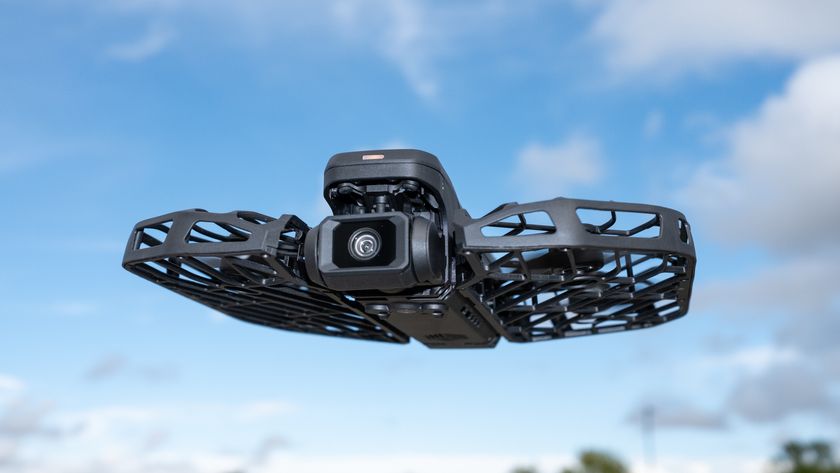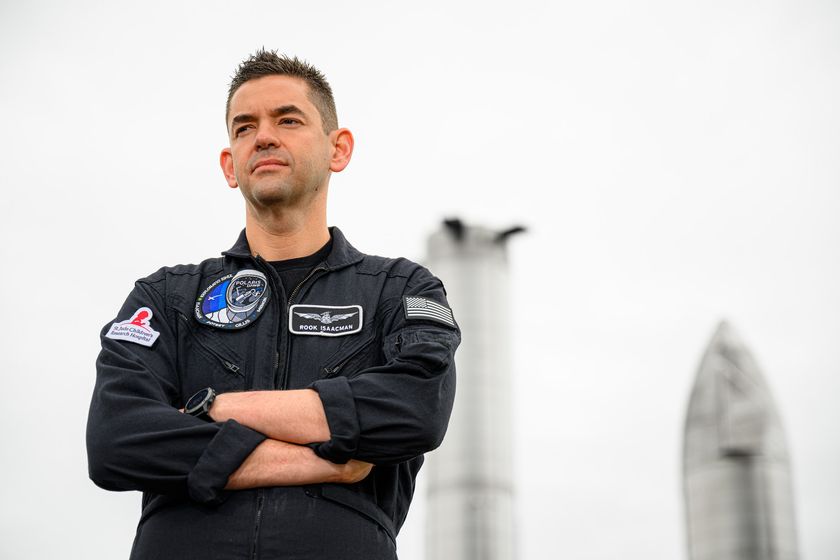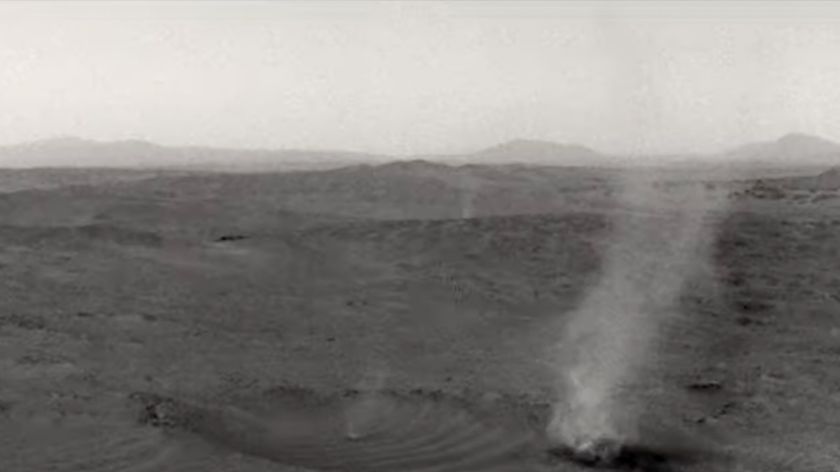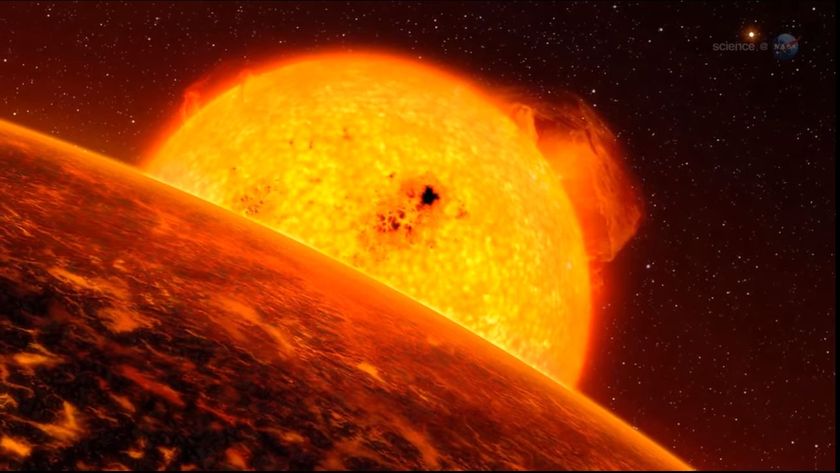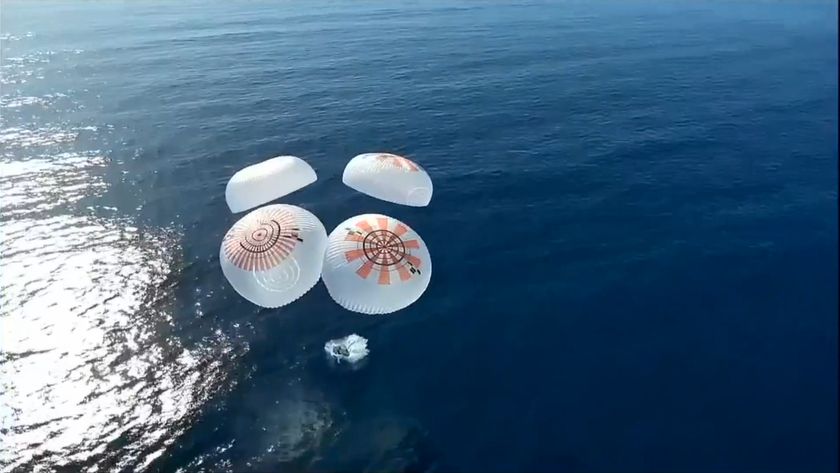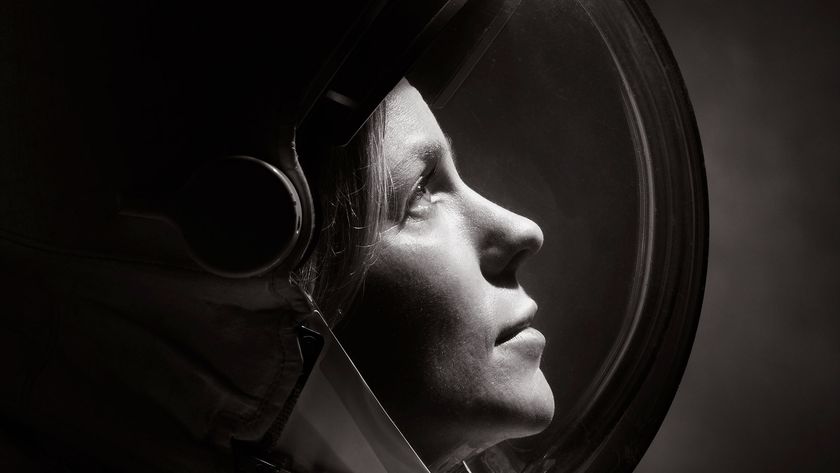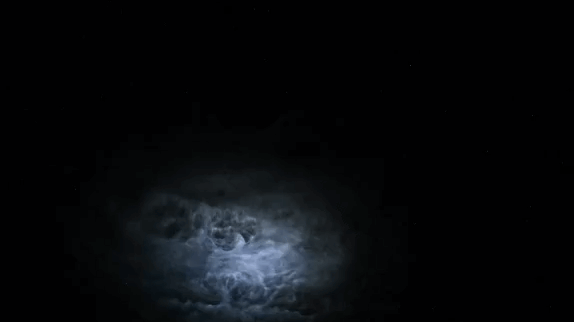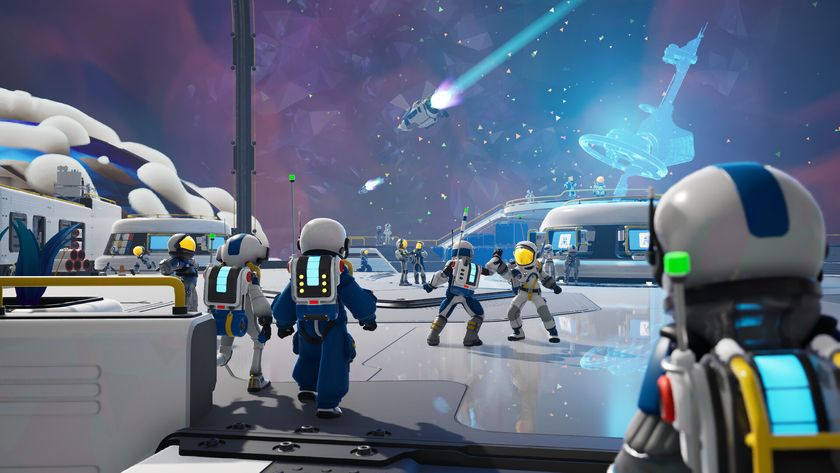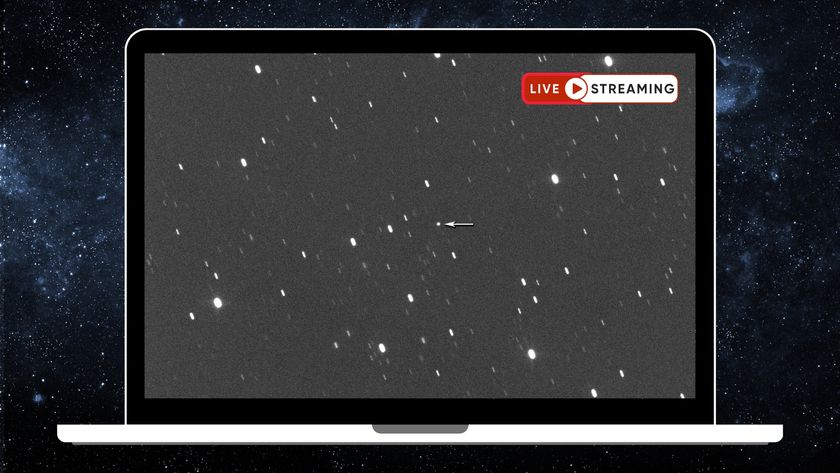Star Trek's Warp Drive: Not Impossible
The warp drive, one of Star Trek's hallmarkinventions, could someday become science instead of science fiction.
Some physicists say the faster-than-lighttravel technology may one day enable humans to jet between stars forweekend getaways. Clearly it won't be an easy task. The science is complex, butnot strictly impossible, according to someresearchers studying how to make it happen.
The trick seems to be to find someother means of propulsion besides rockets, which would never be able to acceleratea ship to velocities faster than that of light, the fundamental speed limit setby Einstein's General Relativity.
Luckily for us, this speed limit only applieswithin space-time (the continuum of three dimensions of space plus one of timethat we live in). While any given object can't travel faster than light speedwithin space-time, theory holds, perhaps space-time itself could travel.
"The idea is that you take a chunkof space-time and move it," said Marc Millis, former head of NASA'sBreakthrough Propulsion Physics Project. "The vehicle inside that bubblethinks that it's not moving at all. It's the space-time that's moving."
Already happened?
One reason this idea seems credible is thatscientists think it may already have happened. Some models suggest thatspace-time expanded at a rate faster than light speed during a period of rapidinflation shortly after the Big Bang.
Get the Space.com Newsletter
Breaking space news, the latest updates on rocket launches, skywatching events and more!
"Ifit could do it for the Big Bang, why not for our space drives?" Millissaid.
To make the technique feasible, scientistswill have to think of some creative new means of propulsion to move space-timerather than a spaceship.
According to General Relativity, anyconcentration of mass or energy warps space-time around it (by this reasoning,gravity is simply the curvature of space-time that causes smaller masses tofall inward toward larger masses).
So perhaps some unique geometry of mass orexotic form of energy can manipulate a bubble of space-time so that it movesfaster than light-speed, and carries any objects within it along for the ride.
"If we find some way to alter theproperties of space-time in an imbalanced fashion, so behind the spacecraftit's doing one thing and in front of it it's doing something else, will thenspace-time push on the craft and move it?" Millis said. This idea wasfirst proposed in 1994 by physicist Miguel Alcubierre.
In the lab
Already some studies have claimed to findpossible signatures of moving space-time. For example, scientists rotatedsuper-cold rings in a lab. They found that still gyroscopes placed above therings seem to think they themselves are rotating simply because of the presenceof the spinning rings beneath. The researchers postulated that the ultra-coldrings were somehow dragging space-time, and the gyroscope was detecting theeffect.
Other studies found that the region betweentwo parallel uncharged metal plates seems to have less energy than thesurrounding space. Scientists have termed this a kind of "negativeenergy," which might be just the thing needed to move space-time.
The catch is that massive amounts of thisnegative energy would probably be required to warp space-time enough totransport a bubble faster than light speed. Huge breakthroughs will be needednot just in propulsion but in energy. Some experts think harnessing themysterious force called dark energy — thought to power the acceleration ofthe universe's expansion — could provide the key.
Even though it's a far cry between thesepreliminary lab results and actual warp drives, some physicists are optimistic.
"We still don't even know if thosethings are possible or impossible, but at least we've progressed far enough towhere there are things that we can actually research to chip away at theunknowns," Millis told SPACE.com. "Even if they turn out to beimpossible, by asking these questions, we're likely to discover things thatotherwise we might overlook."
Video - Star Trek's Warp Drive: Are We There Yet?
Video: Can We Time Travel?
Top 10 StarTrek Technologies
Join our Space Forums to keep talking space on the latest missions, night sky and more! And if you have a news tip, correction or comment, let us know at: community@space.com.

Clara Moskowitz is a science and space writer who joined the Space.com team in 2008 and served as Assistant Managing Editor from 2011 to 2013. Clara has a bachelor's degree in astronomy and physics from Wesleyan University, and a graduate certificate in science writing from the University of California, Santa Cruz. She covers everything from astronomy to human spaceflight and once aced a NASTAR suborbital spaceflight training program for space missions. Clara is currently Associate Editor of Scientific American. To see her latest project is, follow Clara on Twitter.
